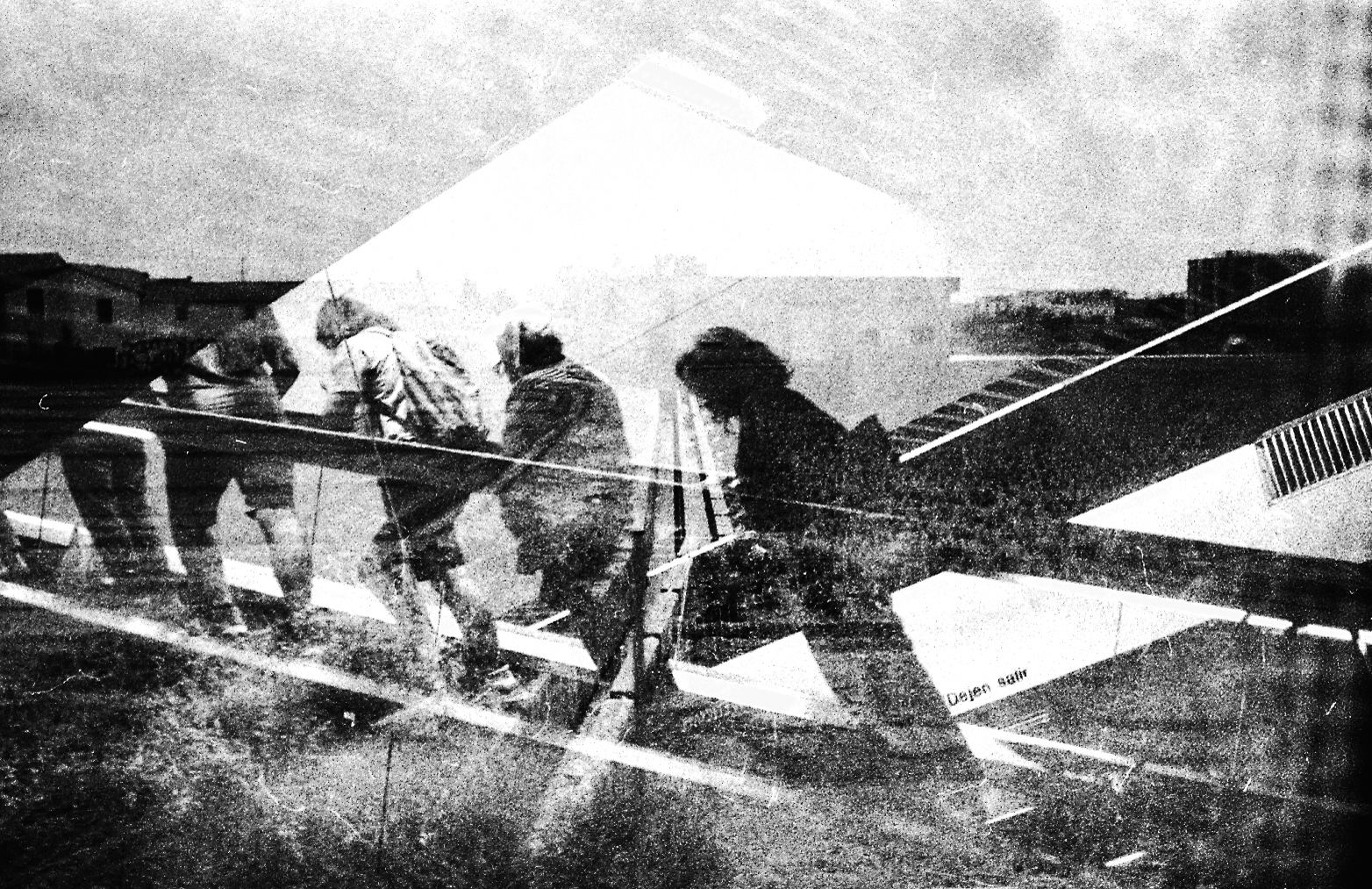Fibres, Future Fibres
In a sinister looking factory at Museros on the old road to Barcelona, some of the most advanced technology in the world is changing the future.
Visiting Future Fibres made me feel a bit like 007 visiting Q, except that the stuff they make isn’t for killing villains. It is however cutting edge technology, and very sexy, especially when my own Q, Phil Anniss, has his fingerprint scanned by a sinister green light to open the doors and warns me with a steely smile about taking photographs.
In fact I could have really got into the whole Bond thing if he hadn’t made me wear protective shoes, a bit like clown shoes, which were clearly designed to stop me escaping or even walking properly, or perhaps were just intended to humiliate.
While it’s reasonable to question whether or not the America’s Cup was a profitable investment for Valencia, there are 140 good reasons in Museros for believing that it brought more than just tourists and increased sales of sailor hats.
The 140 jobs at the state of the art factory in Museros, where Future Fibres has been producing world class cables, masts and much much more since 2004, are 140 reasons for being grateful, and the largely British company (although more than half the workers are contracted locally and they are proud of the 22 nationalities working there) has continued to expand despite the recession and is diversifying into new areas, growing in square metres and planning to employ even more staff.
Their core business was initially the cables that support the masts of boats (‘boat’ is probably not the right word for expert sailors but it’s the best I can do). When Future Fibres founder Tom Hutchinson realised that his sales were limited to mast makers however, they started making masts too and never looked back (or should I say ‘aft’?).
The secret of their success was in the PDO fibre that they used, making rigging safer, simpler, stronger and yet more flexible than the existing steel rod cables that had until then dominated the market.
The decision to move to Valencia was made when Hutchinson realised that the America’s Cup would take place there, but the decision to stay when the Cup moved on was influenced by Valencia’s strategic, coastal position, its skilled workforce, the support of the local government, room to expand, and the pleasant lifestyle that manages to keep people from 22 different countries happy. The regional government’s support was so total in fact that they even moved a roundabout to enable one of the company’s giant lorries to take out an especially long mast. Don’t worry; they later put it back.
Diversification is the key to success and to ensuring the future for future fibres, and so after a quick prostrate examination from Phil’s men, I was shown a new top secret project, known only as Project 787, which requires 75,000 hours of work.
They have also moved into the Formula One market, creating a new safety tether for the cars that makes the car less of a threat to driver and public if the car crashes, and their carbon cables have been used in the construction of a pedestrian bridge in Cuenca, enabling the builders to reduce the number of pillars and foundations while increasing the span.
The bridge, built in collaboration with Acciona Infrastructures is the world’s longest stress ribbon bridge and was awarded the JEC Innovation Award 2012 in the construction category.
They also collaborate in the construction of cranes, where their state of the art cables permit weight reduction, improve fatigue resistance, extend cable life and reduce maintenance costs.
They are moving as well into the aerospace industry, where composites have taken on a major role in all types of aerospace applications for which strength, weight and reliability are of critical importance. Applications include carbon rods to aid in the deployment of telecommunication satellites, composite booster rockets and locking strops to hold helicopter blades to the motor.
The variety of languages to be heard at the company, where English and Spanish are on an equal footing, does lead to some complications, especially as everything said has to be double checked to make sure that everyone is on the same page; but as Phil says, it also creates a dynamic atmosphere at a plant with 15 top engineers, 80 highly skilled workers and a number of apprentices who all somehow seem to work in harmony on 15,000 square metres of manufacturing space to create parts for the world’s biggest and fastest vessels and racing cars.
With a strategic alliance with an Italian partner Persico, it comes as no surprise that Future Fibres has a bright international future, as does Valencia; and with the 2 million euro initial investment, which has since increased to 5 million, and a 15 million euro turnover and 30 million projected for the next three years, plus a newly opened RD&I centre in the UK, Future Fibres and Valencia have clearly created a mutually beneficial and lasting bond, James Bond.








Recent Comments